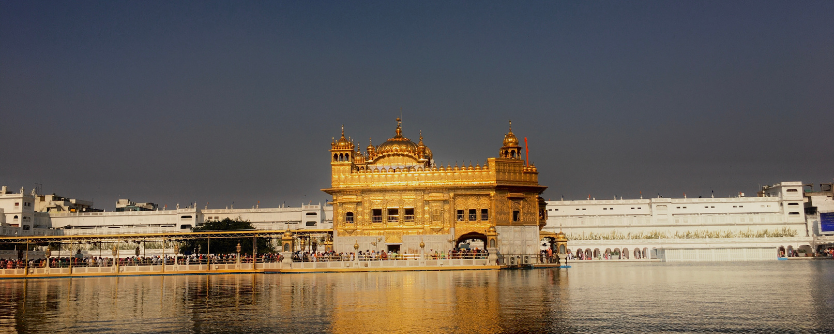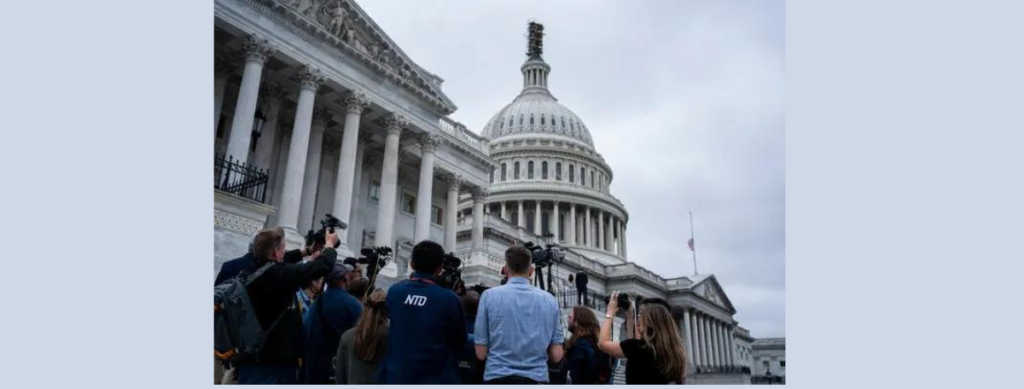Punjab, the land of 5 rivers, has a history as rich and colorful as its lifestyle. This vicinity, nestled inside the northwestern part of the Indian subcontinent, has been a melting pot of civilizations, empires, and cultures. From historical instances to the cutting-edge, the records of Punjab are a tapestry of bravery, resilience, and cultural variety. In this weblog, we delve into the actual tales and activities that have fashioned Punjab’s history, highlighting the cultural components that continue to steer the lives of Punjabis nowadays.
Ancient Roots and the Birth of Civilization
The history of Punjab dates back to historic times, with the area being one of the earliest cradles of civilization. The Indus Valley Civilization, which flourished around 3300 BCE to 1300 BCE, had great city facilities like Harappa and Rakhigarhi in Punjab. These towns had been regarded for his or her advanced structures, properly planned streets, and complex drainage structures. The Harappan human beings had been professional artisans, investors, and farmers, contributing to a prosperous economy.
The Vedic Period and the Arrival of Aryans
After the decline of the Indus Valley Civilization, the place saw the arrival of the Aryans around 1500 BCE. The Vedic period that accompanied it turned into marked by way of the composition of the Vedas, the oldest scriptures of Hinduism. Punjab, referred to as “Sapta Sindhu” inside the Vedas, became the center of the early Aryan civilization. This era laid the inspiration for the cultural and non secular practices that preserve to steer the location today.
The Persian and Greek Invasions
Punjab’s strategic vicinity made it a target for numerous invasions. In the sixth century BCE, the area came under the rule of the Achaemenid Empire of Persia. Later, in 326 BCE, Alexander the Great invaded Punjab in the course of his marketing campaign to overcome the recognized global. The Battle of the Hydaspes, fought at the banks of the Jhelum River, became one of the most substantial encounters between Alexander and the nearby ruler, King Porus. Despite being defeated, Porus’s bravery inspired Alexander, who reinstated him as a ruler of the region.
The Mauryan and Gupta Dynasties
After the withdrawal of the Greeks, Punjab got here under the influence of the Mauryan Empire, based on Chandragupta Maurya in 322 BCE. The spread of Buddhism at some point during the reign of Emperor Ashoka left an enduring effect on the place. Punjab later became part of the Gupta Empire, which is often known as the Golden Age of India due to the flourishing of arts, science, and literature.
The Islamic Invasions and the Delhi Sultanate
The 11th century witnessed the arrival of Islamic invasions in Punjab, with Mahmud of Ghazni being the most extraordinary invader. His repeated raids on Punjab, in particular the sacking of the Somnath Temple, left a deep scar on the location. Following the Ghaznavid rule, Punjab became part of the Delhi Sultanate in the 12th century. The place saw the development of several mosques and the unfolding of Islamic culture and practices.
The Rise of Sikhism
One of the maximum good sized chapters in the history of Punjab is the rise of Sikhism in the 15th century. Guru Nanak Dev Ji, the founding father of Sikhism, was born in 1469 in the village of Talwandi, now called Nankana Sahib, in present-day Pakistan. His teachings emphasized the oneness of God, the equality of all human beings, and the rejection of caste differences. The next Sikh Gurus persisted in unfolding the message of Sikhism, setting it up as a primary religious and cultural pressure in Punjab.
The Sikh Empire and the Reign of Maharaja Ranjit Singh
The 18th century saw the establishment of the Sikh Empire under the leadership of Maharaja Ranjit Singh. Known as the “Lion of Punjab,” Ranjit Singh unified the various Sikh misls (confederacies) and created an effective country that stretched from the Khyber Pass in the west to the Sutlej River in the east. His reign was marked by using secularism, wherein people of all religions coexisted peacefully. The Sikh Empire was recognized for its sturdy army and prosperous economy, and Lahore became its capital, flourishing as a center of culture and change.
The British Rule and the Struggle for Independence
In the mid-19th century, after the Anglo-Sikh wars, Punjab was annexed by way of the British East India Company in 1849. The British introduced new administrative structures. However, their divide-and-rule guidelines additionally sowed seeds of communal discord. Despite this, Punjab has become a hotbed of progressive sports at some point in the Indian independence movement. Prominent freedom fighters like Bhagat Singh, Udham Singh, and Lala Lajpat Rai hailed from Punjab and performed essential roles in the conflict against British rule.
The Partition of 1947 and Its Aftermath
The maximum tragic chapter in the history of Punjab came here with the partition of India in 1947. The department of Punjab in India and Pakistan caused one of the most important and bloodiest migrations in human records. Millions of people were uprooted from their homes, and the communal violence that ensued claimed countless lives. Despite the horrors of partition, Punjab’s resilience shone through as it rebuilt itself in the years that accompanied it.
Post-Independence Punjab and Its Cultural Evolution
In submit-independence India, Punjab has continued to thrive as a colorful kingdom with a completely unique combo of lifestyle and modernity. The Green Revolution in the Nineteen Sixties converted Punjab into the breadbasket of India, making it a main agricultural nation. The nation’s rich cultural and historical past is contemplated in its tune, dance, festivals, and delicacies. Punjabi folk’s tunes, Bhangra and Giddha, are celebrated internationally, at the same time as festivals like Baisakhi and Lohri are necessary to the cultural material of the region.
The History and Culture of Punjab: A Living Legacy
The history of Punjab isn’t always only a story of conquests and empires; it’s also a tale of people who have preserved their subculture and traditions over the ages. The records and traditions of Punjab are deeply intertwined, with each duration in records leaving its imprint on the vicinity’s manner of lifestyles. Today, Punjab stands as a testament to the resilience, bravery, and rich cultural and historical past of its human beings. From ancient civilizations to the current generation, Punjab’s records continue to encourage and affect generations.
Conclusion
The history of Punjab is a rich tapestry woven with threads of bravery, resilience, and cultural variety. From the historical Indus Valley Civilization to the current nation, Punjab’s history is a testament to the enduring spirit of its human beings. The culture of Punjab, shaped by way of its history, continues to thrive, reflecting the area’s vibrant traditions and values. By knowing the records and subculture of Punjab, we benefit from a deeper appreciation for this land of 5 rivers and the legacy it leaves for future generations.












